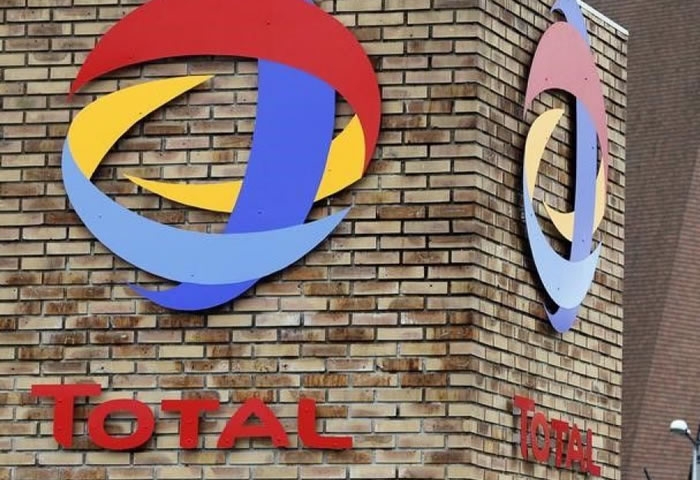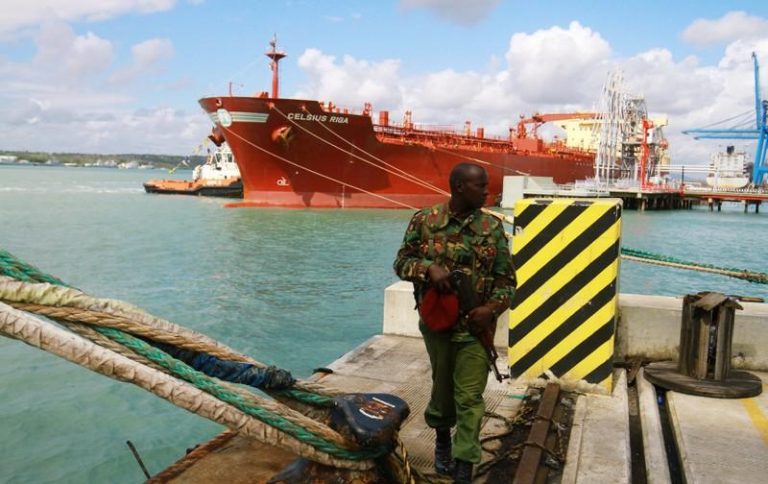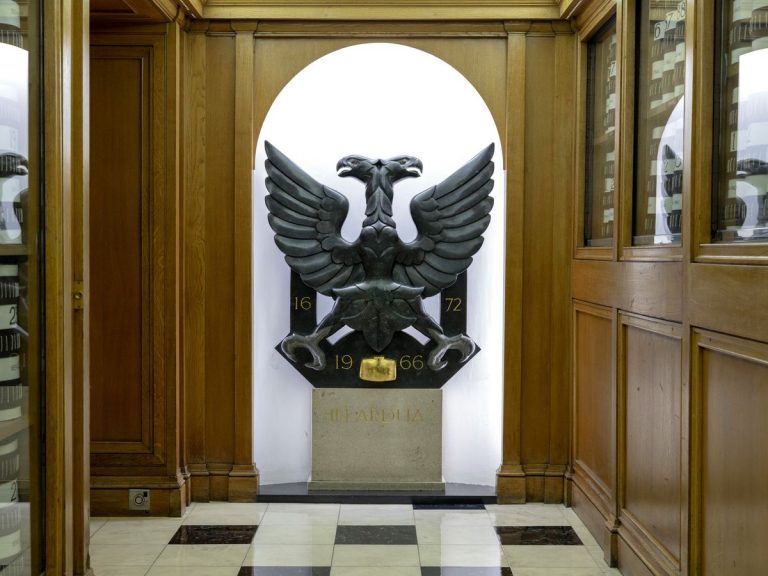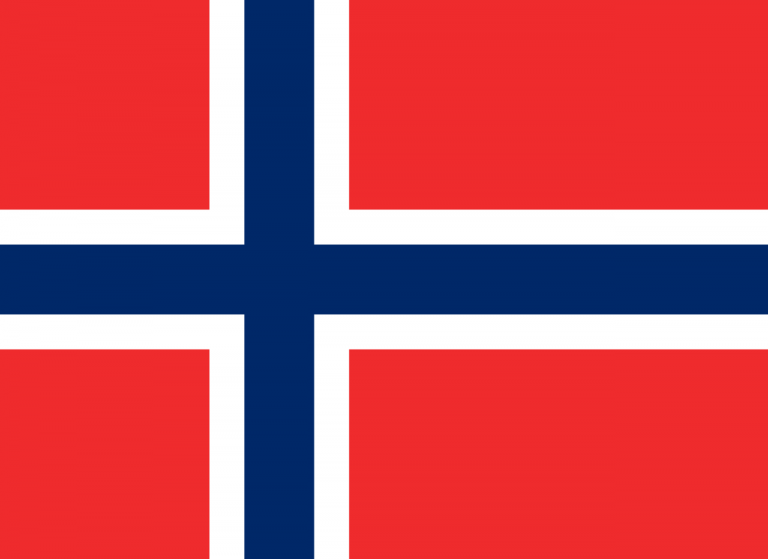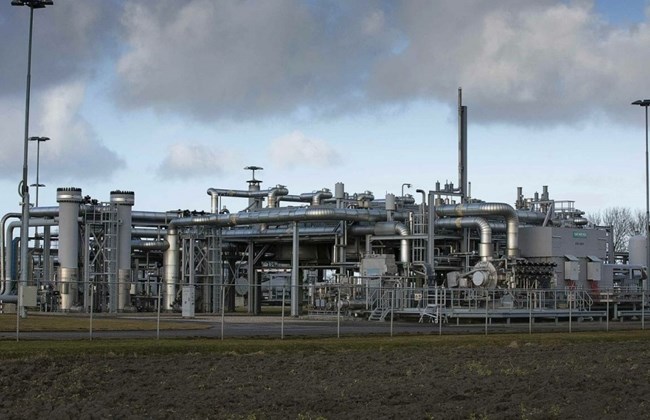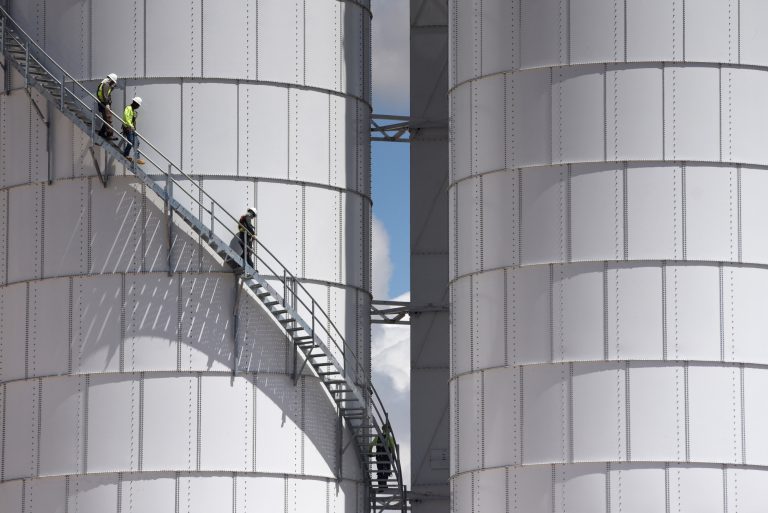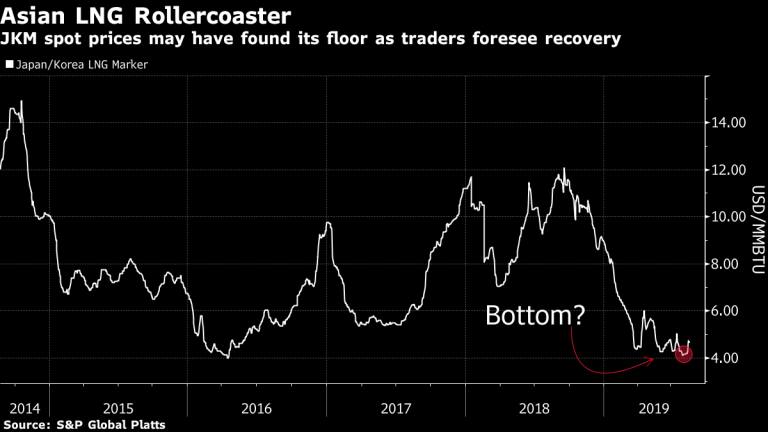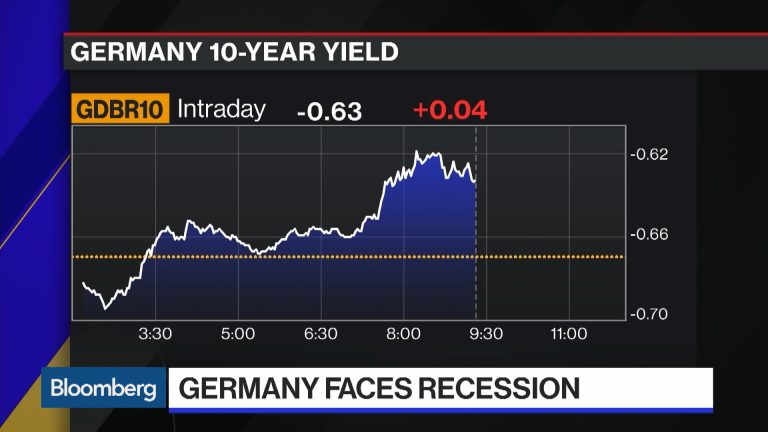The London firm was started in 1672 by Richard Hoare and has tended to the affairs of diarist Samuel Pepys, poet Lord Byron and novelist Jane Austen. That’s almost a hundred years older than the famous Rothschild dynasty, which was founded in the 1760s. After more than three centuries of continuous operation, the family still runs the show, overseeing about 4.4 billion pounds ($5.6 billion) of deposits and sticking to a traditional way of doing business.
“You go in and you talk,” said Islay Robinson, chief executive officer of Enness, a mortgage broker with dozens of high-net-worth clients who have borrowed from the bank. “They lend their own money and tend to be able to come up with solutions that other banks can’t.”
The last of the 10th generation of partners retired last year, leaving the bank in the hands of six partners from the 11th generation who have continued its evolution. In March, they opened the first outpost outside London: a Cambridge office designed to serve existing clients but also attract entrepreneurs in a region known for bioscience and technology ventures.
Blending old with new has become vital for C. Hoare, rival Coutts and smaller competitors such as Raphaels and Weatherbys as they vie to serve wealthy clients. Independent banks are also striving to reconcile their highly tailored services to an industry where the prevailing trends are consolidation and rising regulation.
“It’s a constant tension because part of what makes us completely different to the clearing banks is that we are smaller and more personable and more human and more relatable to customers,” partner Alexander Hoare, 57, said during an interview in a meeting room festooned with cartoons. “We don’t want to be herded and we don’t want to grow. We want to be special.”
C. Hoare is certainly different. The firm is an unlimited liability partnership, meaning the personal assets of the partners are fair game for creditors. Since at least 1994, the dividend has been fixed at 50 pounds per share or 6,000 pounds total. That’s for a business with 26 million pounds of profit in the 12 months through March 31, 2019.
The restraint has built a valuable enterprise. The partnership’s latest accounts show a book value of about 370 million pounds, putting the family among the U.K.’s richest on paper. But the Hoares said they have no interest in selling.
“If people were in it for the liquidity event, it would have been sold a long time ago,” said Rennie Hoare, 33, who became a partner last year.
His ancestor Richard Hoare first started to trade at the “sign of the golden bottle” in 1672 (it took another century for street numbering to be invented). He rose to dominate the City of London, dabbled in politics and was knighted by Queen Anne.
Succeeding partners furthered this success, so many of whom were named Henry that they accrued epithets like “Henry the Good,” “Henry the Magnificent” and “Fat Harry” to distinguish them. While the family dodged the pitfalls associated with the third generation of ownership, the seventh generation’s speculative investments proved more problematic, with partner Henry Junior putting money into ventures such as a steam-engine enterprise and a company in Canada that was supposed to revolutionize the leather trade with treated hemlock, according to a family history. The collapse of his personal finances forced him to resign in 1874.
“Our seventh generation got way too wealthy and burnt through a fantastic fortune,” Alexander Hoare said. “There are two things that can destroy a family business: the business and the family, and they both have to be kept in order.”
Hiccups aside, the firm’s longevity speaks to the enduring strength of family businesses. A 2018 Credit Suisse Group report found that such businesses have outperformed the broader equity markets in the past decade. Certainly Hoare’s conservatism proved an asset during the global financial crisis, when the strength of its balance sheet attracted a steady inflow of funds from troubled lenders like Royal Bank of Scotland.
“During the financial crisis, the smaller banks did extremely well,” said Caroline Burkart, an associate partner at consulting firm Scorpio Partnership. “These family- and partner-owned firms were regarded as a safe haven.”
C. Hoare’s unbroken ownership also gives its partners perspective, with three centuries of experience helping make the perplexities of events such as Brexit seem less foreboding.
“In banking, the cycles do come around,” said Bella Hoare, 50. “The reason we had a good crisis is that we hadn’t forgotten the last one. My father’s father had taught him the lessons from the 1929 crisis.”
They’ve also seen plenty of their rivals disappear, one reason why they’re careful in selecting partners. There are more than 2,000 living descendants of Richard Hoare and the sifting process to find suitable financiers starts pretty much the day a Hoare is born, current partners said. At the same time the bank employs a CEO from outside the family with Steven Cooper joining in January from Barclays Plc.
That blend of nepotism and professionalism mirrors the path between tradition and modernity the partners say they are walking to position the bank for the next era, which included selling the bank’s wealth-management arm for 72 million pounds in 2016 to focus on its core banking business.
While the bank strives for personalized service, its structure and size magnifies the burden of regulation and compliance, and missteps are costly. Soon after selling the wealth-management business, the bank discovered it hadn’t included the required wording in statements sent to clients, requiring it to refund more than 12 million pounds of interest.
“The sad truth is that the day of the gifted amateur is well and truly over,” Alexander Hoare wrote to his clients in January 2018. “The bank is compelled to look increasingly like all other banks in terms of processes, controls and bureaucracy.”
A typical client needs about 5 million pounds in U.K. assets to bank with C. Hoare. Another barrier to entry is the meeting with a partner, which enables the family to find like-minded clients they can build relationships with.
“Banking with us is definitely more expensive than banking on the high street,” Bella Hoare said. “However, our customers believe that they are getting value for money because we can do something that for another bank wouldn’t be possible.”
There are other perks, too. Clients visiting the 37 Fleet St. office are reminded it’s Britain’s oldest surviving independent bank.
Muskets purchased during the Napoleonic wars to defend the bank adorn the entrance hall, cashiers work behind a 19th century oak counter and an adjacent waiting room looks onto an enclosed garden a world away from the City’s hubbub.
You can partake in a three-course meal with your relationship manager and attend evening talks. The building also houses a museum displaying artifacts and a framed family tree linking today’s partners to founder Richard Hoare.
“Look, 95% of our energy is on the hurlyburly of the modern world,” Alexander Hoare said. “Preserving the memory is nice to have at the end of the day. It is the icing on the cake.”
